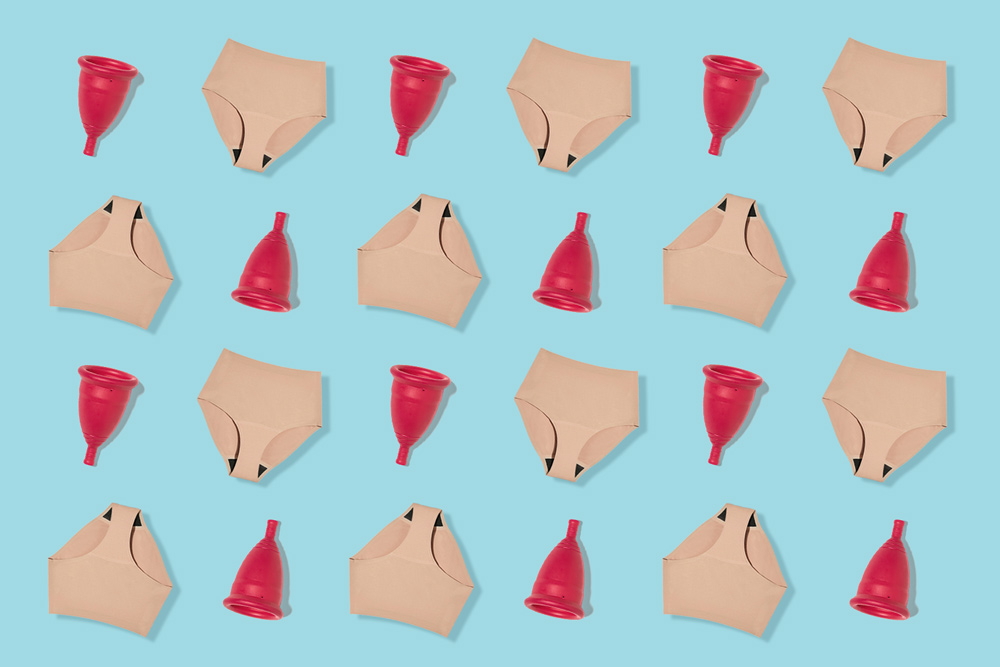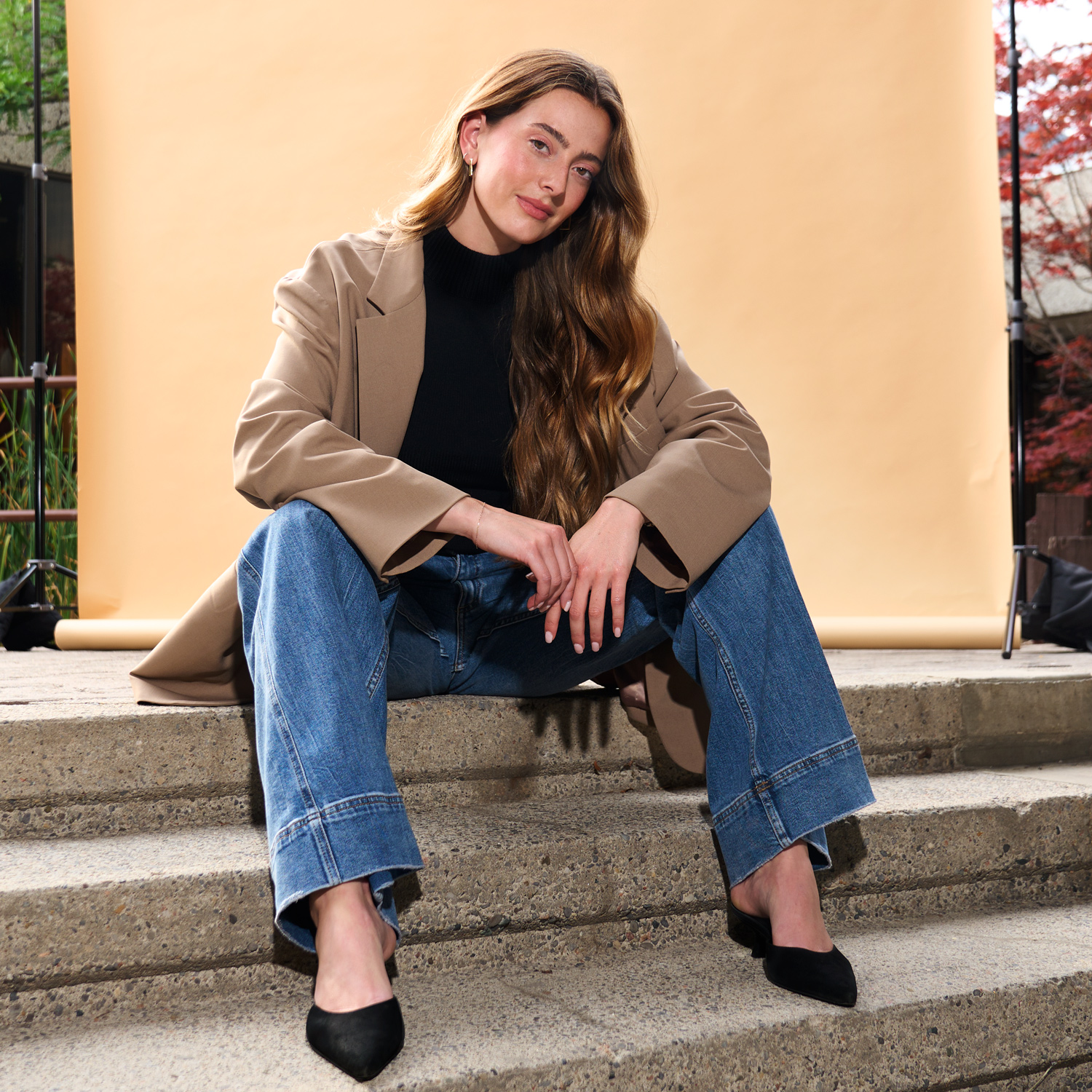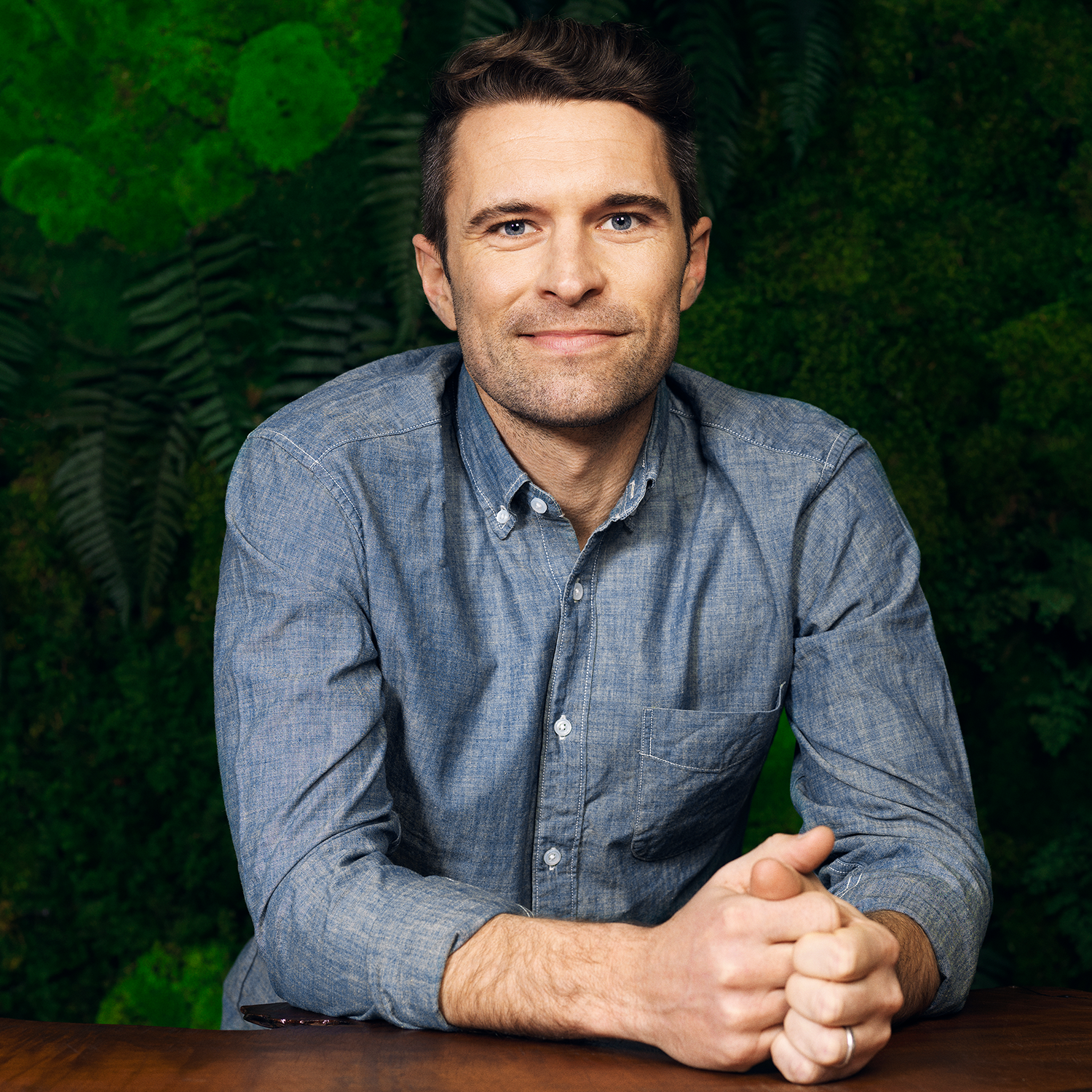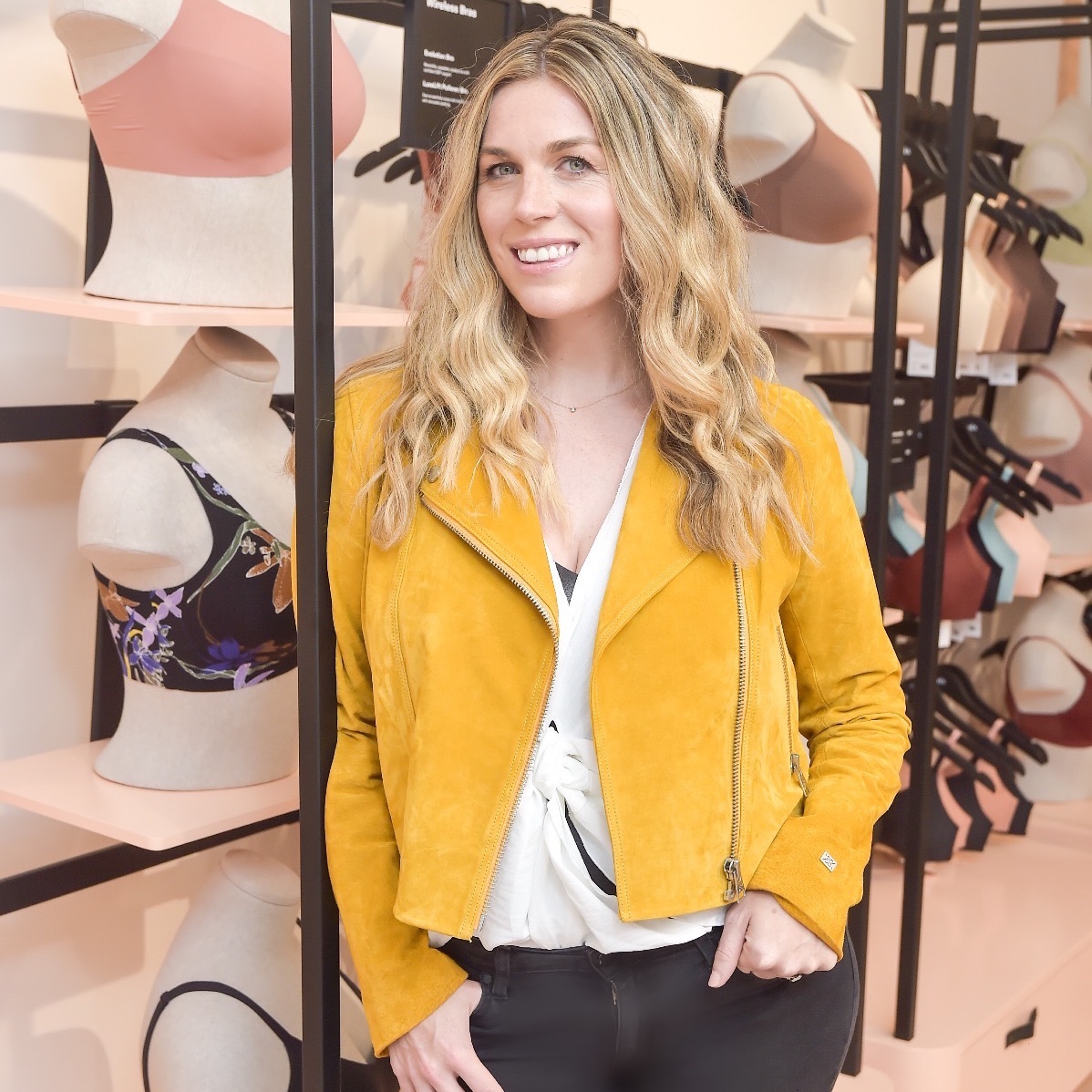How the Diva Cup Became the Kleenex of Menstrual Cups

Carinne Chambers-Saini and her mother had a vision to improve period products after becoming frustrated with the options on the market. So, they launched their own menstrual cup business in 2003, and their product, Diva Cup, was soon carried in thousands of health-food stores and online shops across North America. After Shoppers Drug Mart and CVS picked up the cup, the Canadian business grew from a $3.5-million company to a $21-million one. Here, Chambers-Saini tells CB how she made it happen.
When my mom got her period in the 1960s, pads still had belts and pins. She dreamed of a product that was simpler to use and less wasteful—but she didn’t find it until 1992, when she was reading a health magazine and saw a tiny ad for a menstrual cup. She ordered one for herself and one for me—I was 14 at the time. It was called The Keeper, and it looked like a mini toilet plunger and was made from hard brown rubber. My mom started selling them in her jewellery store in Waterloo, Ont., and in 1997 sold her business to become a full-time distributor for The Keeper.
By the time I graduated from the business program at Wilfrid Laurier University in 2001, my mom and I had ideas for ways menstrual cups could be improved. We wanted to create something that was smoother but had grippy ridges for easier removal. We had a vision of bringing the menstrual cup to the masses.
RELATED: How Canada Became a Period Product Hotspot
We asked a tool and die maker to do the initial technical drawings, but they had no idea how to manufacture the cup because they specialized in car parts. Eventually, I found a sales rep at a silicone-manufacturing company who could introduce us to a manufacturer.
It took close to two years to perfect the design, and we launched in 2003. We came up with the name Diva Cup because we wanted something that expresses the powerful nature of the product.
We started out with 5,000 cups and built a website to sell them, manually typing credit card numbers into a machine to process orders. We were selling around 50 to 100 cups a day and had six employees working in my parents’ basement.
“We knew that if we could break into the mainstream, everyone would see how great the product is”
In 2004, we went to a trade show for the National Association of Chain Drug Stores and had speed dates with head buyers of stores in the U.S. Many of them were grey-haired men who didn’t understand the significance of our product. We spent every dollar of our marketing budget getting to that conference and didn’t land a single deal.
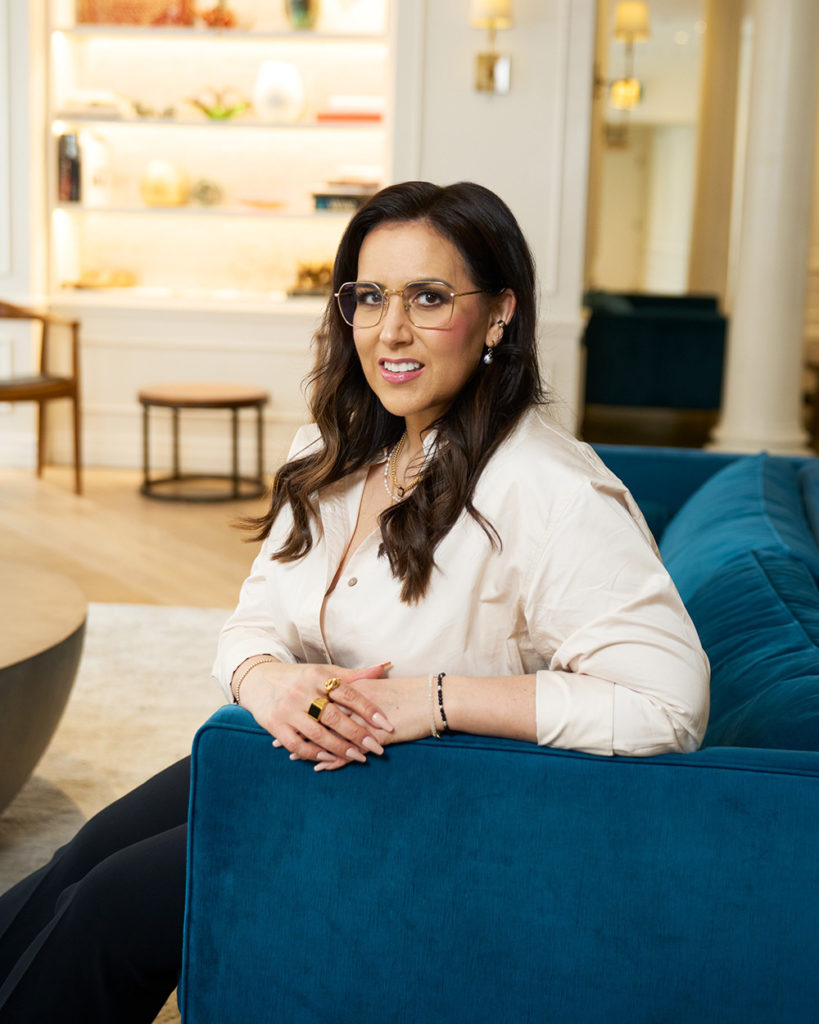
Instead, we built a strong business by getting our product into thousands of health-food stores and online shops across North America. By 2008, we were carried in every Whole Foods in the U.S. and Canada. People told us how much they loved the Diva Cup and how life-changing it was. That really kept us going; we knew that if we could break into the mainstream, everyone would see how great the product is.
We finally landed our first mass-market account with Shoppers Drug Mart in 2013. Shoppers put us in all of its 1,200 stores across Canada; that moved the needle. Once we were carried by this Canadian chain, we took that sales data and approached American retailers. CVS was the first to put the Diva Cup on its shelves, selling it in 8,000 stores. From 2013 to 2017, we grew from a $3.5-million company to a $21- million company and expanded to 30,000 locations. The benefit of being in those retailers was that it made Diva Cup a household name—the Kleenex of menstrual cups.
But our biggest source of growth turned out to be our greatest challenge. We found ourselves competing with companies like Procter & Gamble, who spend $300 million a year on advertising. Brands like Tampax now have their own cups. At first, it was scary, but it’s brought more awareness to the space, which is what we wanted from the beginning.
RELATED: Why This Lululemon Bigwig Got Into the Sex Toys Industry
We’ve shifted our marketing strategy from “This is what a menstrual cup does” to “This is why you should choose Diva.” Previously, we had to convince people of the benefits. Now, they know the benefits.
I’m proud that my mom and I never quit over the years. To this day, we’re still 100 per cent family-owned. We started with $50,000 of my mom and dad’s money, and we didn’t have any loans or outside funding.
My mom retired seven years ago, and my husband, Rick, and I now run Diva. We are building a holistic-wellness brand and expanded our product range to include menstrual discs. We’re focused on innovating to make sure everyone with a period has access to products that work for their anatomy and flow. We launched our new brand identity—two years in the making—which is streamlined and modern. We’re laying the groundwork for the next era of Diva.
Five things she loves
Chambers-Saini’s essential sources of inspiration
The Mindvalley Show with Vishen
“Mindset and health are important for success, so I’m always looking for ways to be the best version of myself. This podcast is world-class.”

Tools of Titans
“My bookshelf is overflowing. Currently, I’m reading this book by Tim Ferriss. I love learning all the tactics and habits of leaders and icons around the world.”
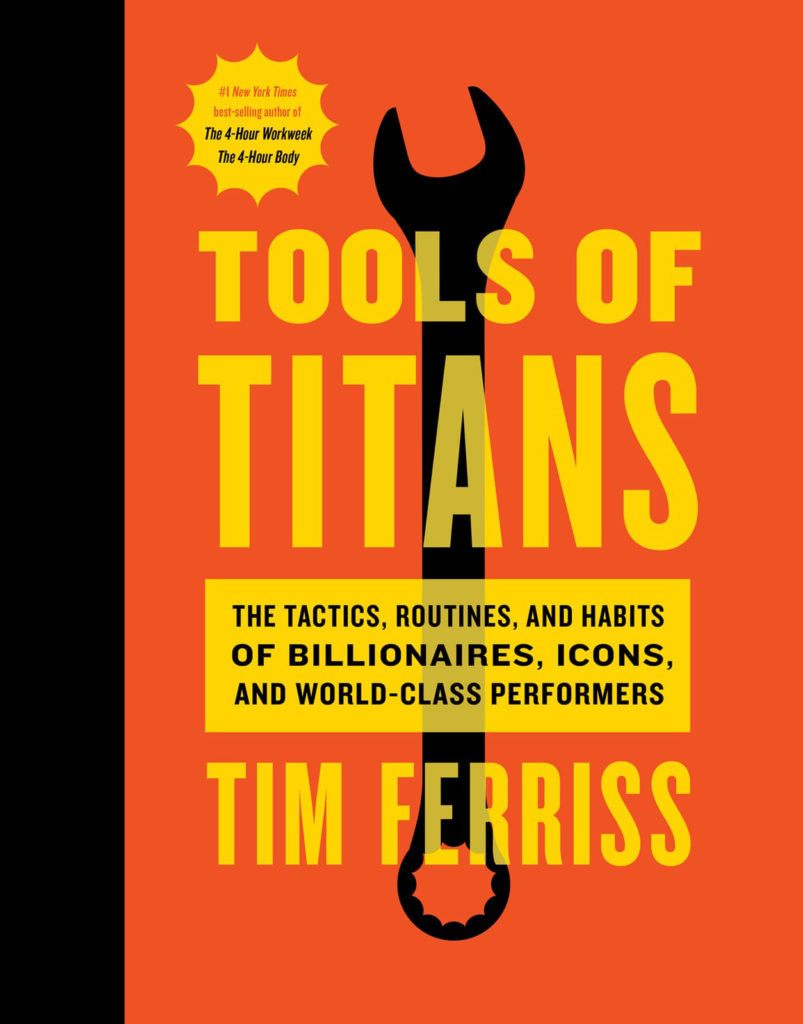
Skiing
“I recently got back into skiing after a 20-year hiatus, and I love it so much. Going skiing with my family in Quebec is a great way to spend quality time with them.”
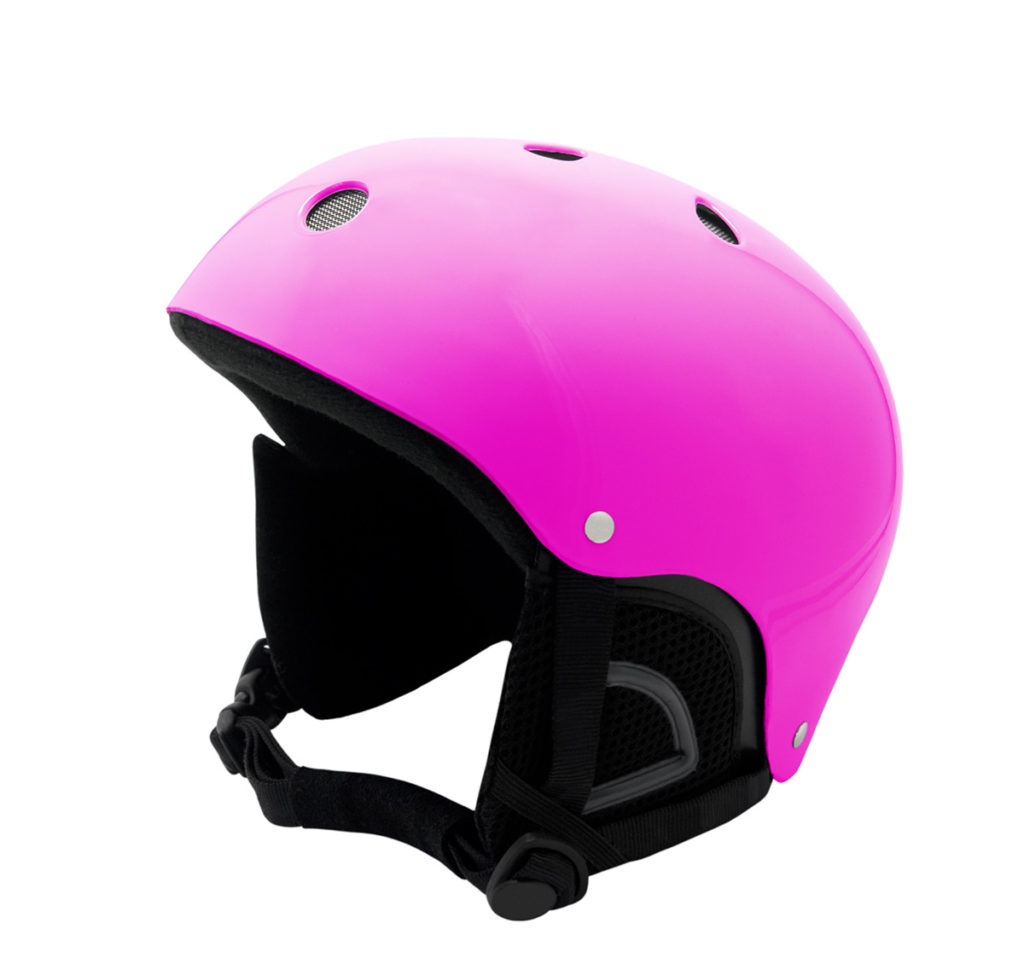
Celery juice
“I don’t drink coffee. I start each day with lemon water and use my high-speed blender and Omega juicer to make pure celery juice, which has been a powerful tool on my health journey.”

The work of Kat Hernden
“I love art that features geometric shapes and patterns. One of the most talented artists is up-and-comer Kat Hernden.”
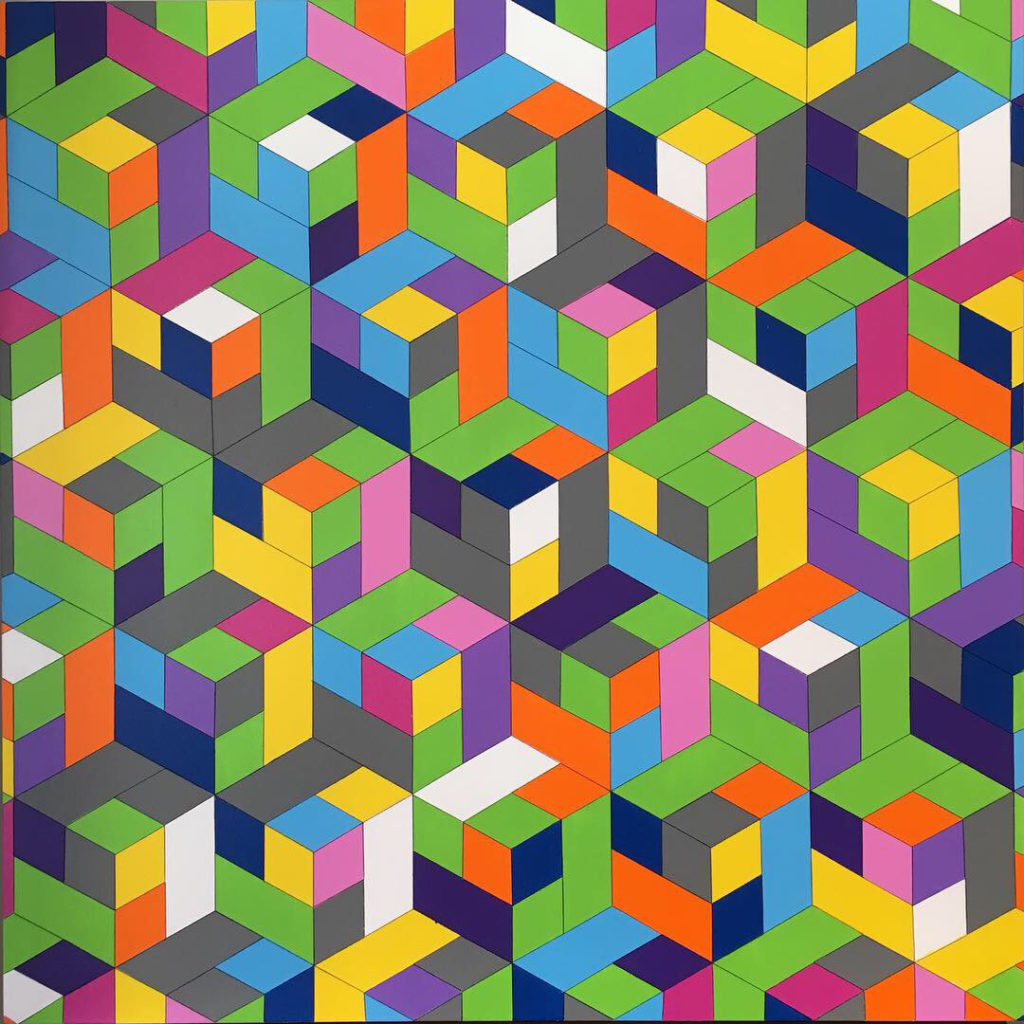
This article appears in print in the Spring 2023 issue of Canadian Business magazine. Buy the issue for $7.99 or better yet, subscribe to the quarterly print magazine for just $40 a year.


